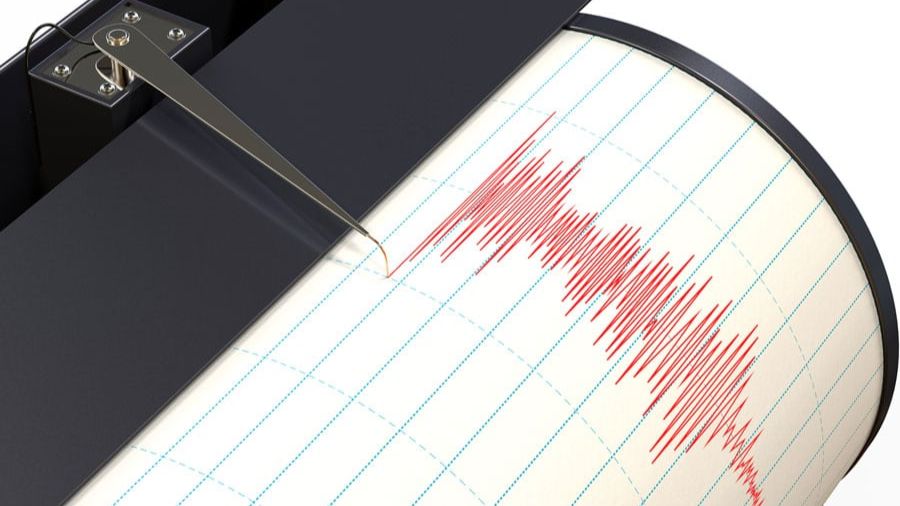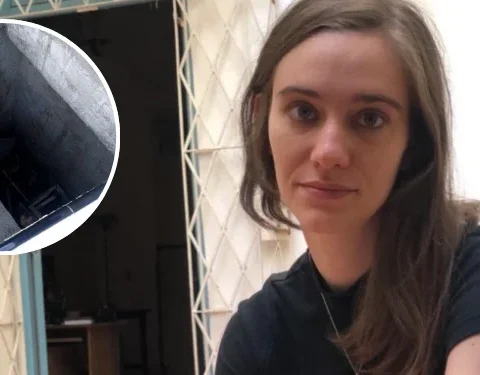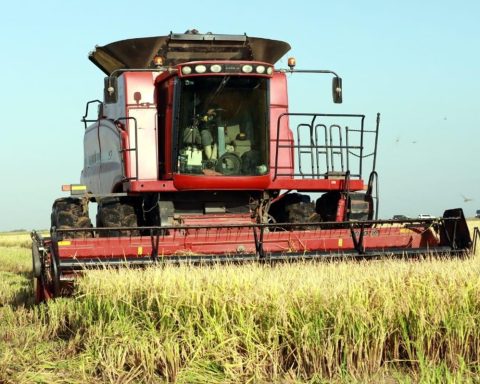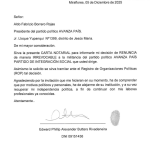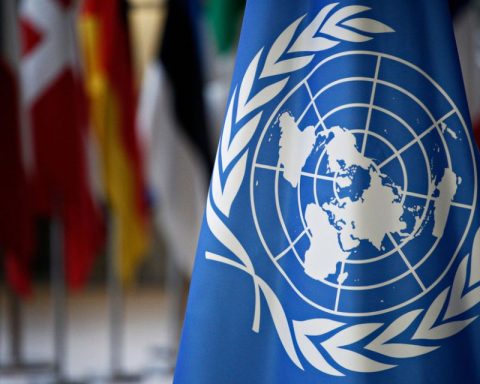MIAMI, United States. – A team of Cuban and foreign scientists has begun a paleoseismological study of the Pinar fault, located in the western region of Cuba, with the aim of evaluating the seismic hazard of this area.
According to the newspaper Granmathe official organ of the Cuban Communist Party (PCC), the Cuban scientific community had wanted for years to thoroughly investigate a geological fault that has been responsible for several earthquakes throughout history.
According to the media, O’Leary Fernando González Matos, director of the National Center for Seismological Research (CENAIS), explained that the project has begun with the identification of possible sites where trenches will be dug to carry out detailed studies. “In the first stage, the location of possible places where trenches would be dug to carry out the studies was carried out, based on geological work,” said González Matos.
The team leading this research includes specialists from CENAIS and an unidentified Venezuelan expert, supposedly with experience in the Caribbean and South America region. As the project progresses, the participation of more scientists from both Cuba and other countries is expected, according to Granma.
The study is part of the Cuenca Resiliente project, which is being implemented in Pinar del Río to improve early warning in the event of natural disasters. According to González Matos, “after this first action, geophysical studies are carried out, then the trenches are dug, and then the samples are taken, analyzed in laboratories, and finally, the results are interpreted.”
The director of CENAIS also warned that this process is complex and could take several months or even longer.
The main objective of the research is to determine the danger of the Pinar fault and its possible impact on nearby communities. González Matos highlighted the importance of this first step for geosciences in Cuba: “The main objective is to know with greater precision the danger of the Pinar fault and how much it threatens communities.”
So far, it is known that the faults located south of the eastern region of Cuba can generate strong earthquakes every 80 or 90 years. However, in relation to the Pinar fault, knowledge about the repetitiveness and intensity of earthquakes is limited. “We do not know this information about the repetitiveness and intensity of earthquakes that the Pinar fault would be capable of generating,” said the director of CENAIS.
González Matos recalled that the Pinar fault was responsible for a strong tremor in January 1880 and has continued to show seismic activity, such as the moderate earthquake that affected the San Cristóbal hospital in June 2021.
The paleoseismological study is crucial to understand how the Pinar fault has behaved over millions of years, which will allow us to determine its current seismic danger. “If we overestimate the danger, we will penalize investment processes, because we would force construction with more cement, more steel and with more restrictions, and that would make it more expensive and would be a brake on the country’s development; but if the perception of danger were below reality, then the constructions would be vulnerable and we would put people’s lives at risk,” the specialist stressed.
